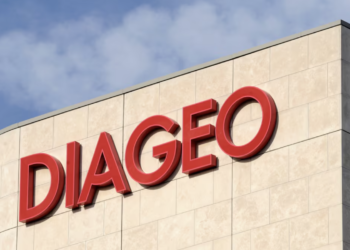Sector rotation is an investment strategy that involves shifting investments between different sectors of the economy based on the anticipated performance of those sectors during different phases of the economic cycle. The basic idea is to capitalize on the cyclical nature of sectors, buying into those that are expected to outperform during a specific phase of the economic cycle and selling those that are likely to underperform.
The economic cycle typically consists of four phases: expansion, peak, contraction (recession), and trough. Each phase affects sectors differently. During periods of expansion, consumer demand increases, and sectors like technology, consumer discretionary, and industrials tend to perform well. When the economy reaches its peak, growth slows down, and defensive sectors, such as utilities, healthcare, and consumer staples, tend to outperform as investors seek stability.
In a contraction phase, when the economy is slowing down, cyclical sectors like energy, materials, and financials often suffer due to reduced demand. On the other hand, defensive sectors remain resilient because they provide essential services, and people still spend on necessities. Finally, during the trough of the economic cycle, when the economy begins to recover, investors may rotate into cyclical sectors again, anticipating that these will benefit most from the recovery.
The goal of sector rotation is to generate better risk-adjusted returns by focusing on sectors that are likely to perform best under current economic conditions. Investors often rely on leading economic indicators such as GDP growth, interest rates, inflation, and unemployment data to predict the phase of the economic cycle and make informed sector allocations.
For example, during an economic expansion, an investor might favor technology stocks due to the high demand for innovation and productivity enhancements. Conversely, during a recession, they might shift investments to utilities or healthcare, which tend to remain stable regardless of economic conditions.
While sector rotation can help investors stay ahead of market trends, it requires a deep understanding of economic cycles and sector performance. Additionally, timing the rotation can be challenging, and it involves risks, especially if the economic cycle transitions unexpectedly. Nonetheless, when executed correctly, sector rotation can enhance portfolio performance by aligning investments with the economic environment.

















